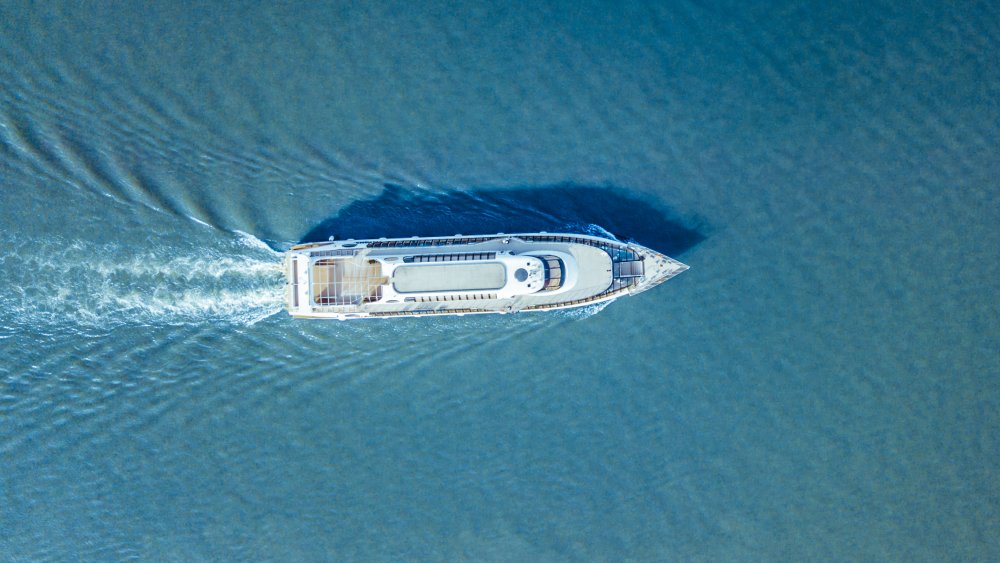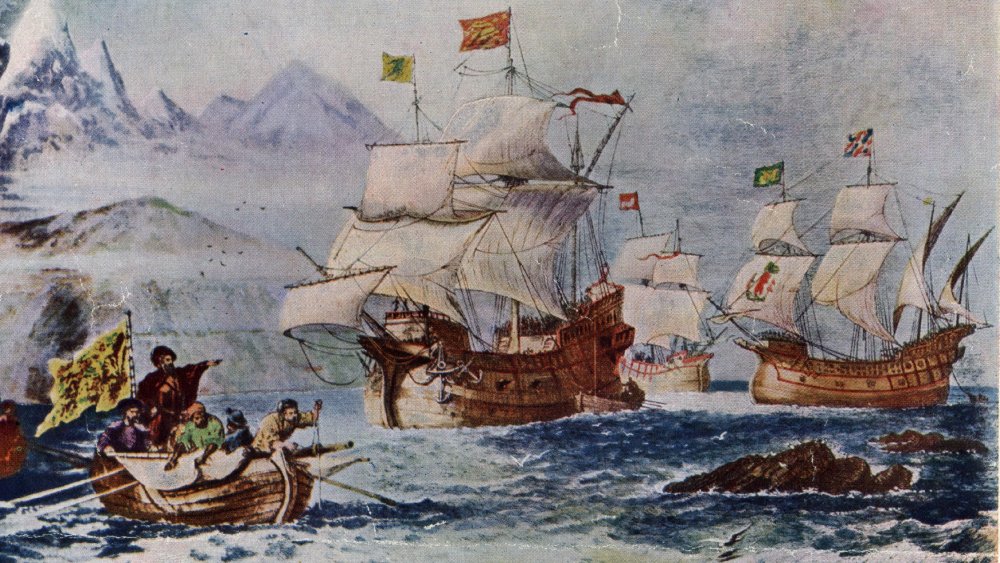Here's How The Pacific Ocean Got Its Name
Water makes up 71% of our world's surface. Rivers, lakes, seas, and oceans all contribute to the water on the planet. According to the National Oceanic and Atmospheric Administration Office of Ocean Exploration and Research, the Pacific Ocean covers more than 30% of the Earth's surface and has a surface area of more than 155 million square kilometers (60 million square miles).
The Pacific Ocean is by and large the most significant body of water on Earth, and it also happens to be the deepest body of water, at an average depth of approximately 4,000 meters (13,000 feet). In his best-selling novel, Moby Dick, Herman Melville once said of the Pacific Ocean: "It rolls the mid-most waters of the world, the Indian Ocean and Atlantic being just its arms."
You may know all the facts about the Pacific Ocean's depth, size, length, and more, but what you might not know is how the Pacific Ocean got its name.
The peaceful Pacific
We have Ferdinand Magellan to thank for naming the Pacific Ocean. The Portuguese navigator journeyed across the Atlantic Ocean in 1519 trying to find a new western route to the Spice Islands, according to NOAA. His journey took him through the water with treacherous waves until he and his fleet entered the Pacific Ocean, much calmer than what he had traveled through previously. Magellan described the body of water as 'pacific," which comes from the Latin word "pacificus," meaning peaceful or tranquil.
It took Magellan and his crew 99 days to cross the vast ocean, as told by History.com The voyage across the world's largest ocean took so long that by the time they reached the Philippine island of Cebu, the crew had eaten all of their food and had to resort to eating the leather parts of their gear. Of course, nowadays, you can cross the Pacific Ocean in 60 days or less, thanks to modern technology, but it's still no easy task to accomplish, even for experienced sailors.

